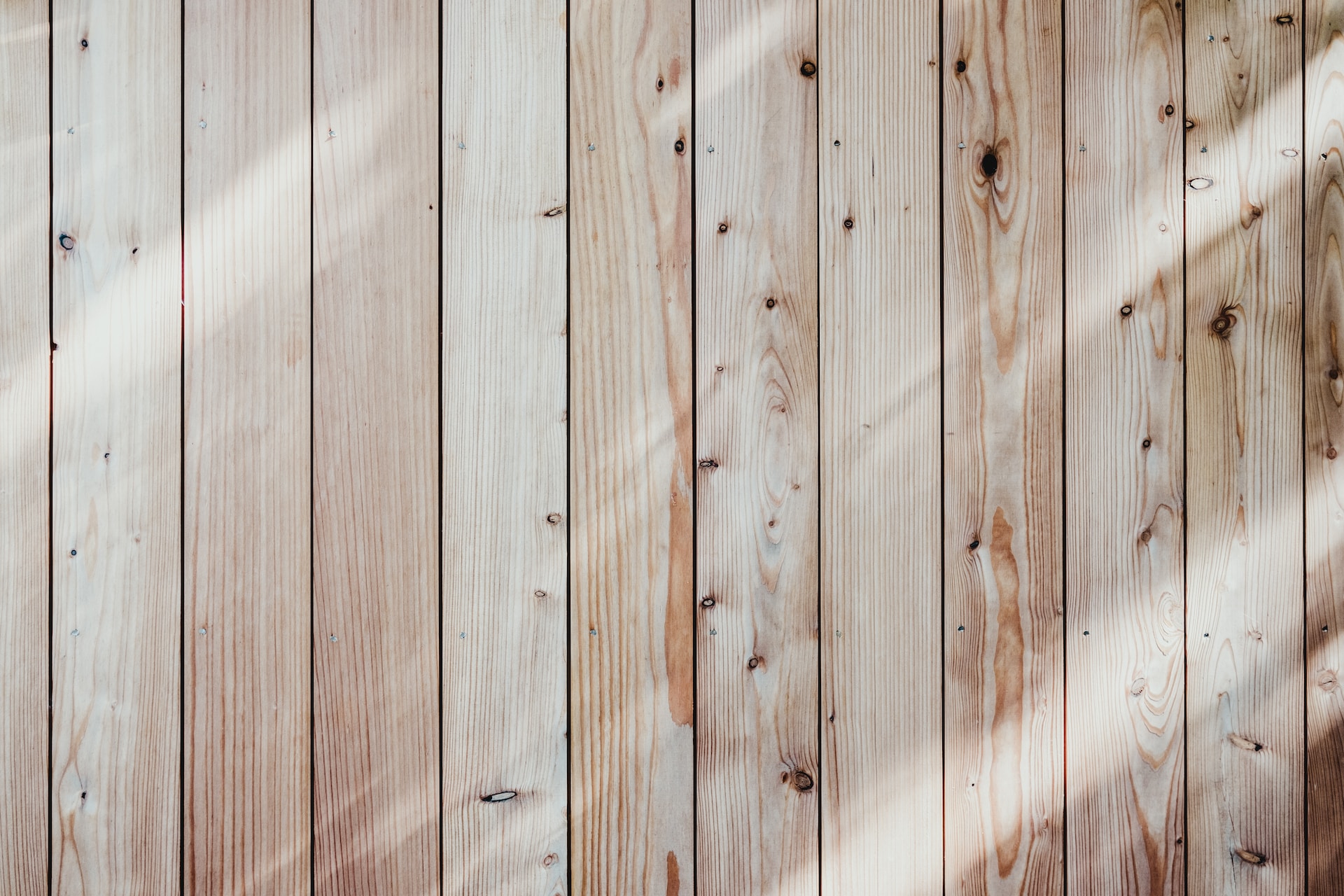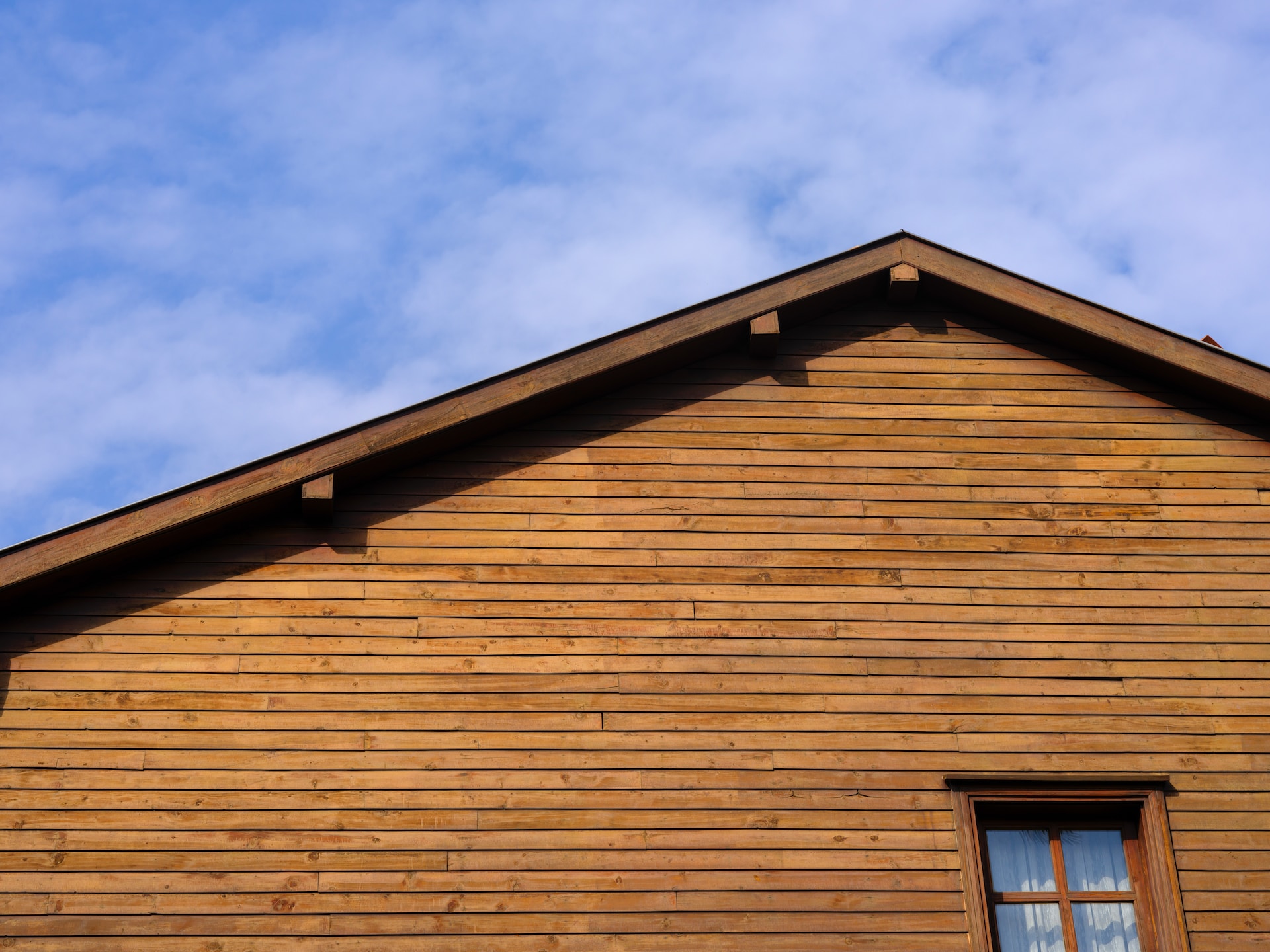Exterior wood siding is more than just a protective layer for a house; it’s a defining feature that significantly influences a home’s aesthetic appeal and overall value. However, to keep this beauty intact and ensure the wood’s longevity, homeowners turn to an essential practice: wood staining.
In this article, we will take you through the pivotal reasons why homeowners choose to stain their exterior wood siding. You may also need to restore structural integrity and beauty to your wood surfaces with professional wood rot repair and paint—get a free consultation.
Let’s explore how this seemingly simple process can impact a home’s lifespan, aesthetics, and value by unlocking its numerous benefits.
Different Types of Wood Siding
Various wood species offer distinct characteristics, allowing homeowners to tailor their choice to their preferences and climate. Here are some common types of wood siding, each with its own unique features:
Cedar Siding
Cedar wood is best known for its great resistance to decay, insects, and moisture. Cedar siding has a warm, reddish hue and an attractive grain pattern. It is lightweight, easy to work with, and can be stained or painted. In addition, it offers excellent thermal insulation.
Ash Siding
Ashwood siding is a durable and attractive choice, known for its distinctive grain patterns and strength. Its versatility allows for various staining options that enhance its natural appeal while providing essential protection against the elements.
Whether opting for a transparent, semi-transparent, or solid stain, ash wood siding adds aesthetic charm and longevity to your property.
Pine Siding
Pine is abundant and cost-effective, with a pale, yellowish-brown color and a prominent grain pattern. It takes stains and finishes well, making it versatile in achieving the desired looks. The plus point is that pine siding is relatively easy to install.
Redwood Siding
Redwood is a durable and rot-resistant wood with a reddish-brown color. It often comes with straight grains or a desirable, wavy pattern. Redwood siding requires minimal maintenance and is naturally resistant to insects and decay. Additionally, it provides a timeless and elegant appearance.

Oak Siding
Oak is known for its strength and durability. It has a coarse grain and ranges in color from light brown to reddish-brown. Oakwood siding is durable and long-lasting, resistant to insect infestations. The plus point is that it offers a distinctive, rich appearance.
Cypress Siding
Cypress wood, and therefore, siding, is naturally resistant to decay and insects, with a light yellowish-brown color that weathers to a beautiful silver-gray hue. Cypress wood siding is low maintenance, takes stains well, and provides a rustic look. It is suitable for various climates.

Douglas Fir Siding
Fir has a straight grain, creamy white to pale yellow color and is readily available and affordable. What most people like about fir is that it’s easy to work with, accepts stains, and finishes well, offering a smooth surface for painting.
Engineered Wood Siding
Made from wood fibers, resins, and adhesives, engineered wood siding is created to mimic the look of natural wood. It is available in various styles. Engineered wood is more stable and less prone to warping, splitting, or cupping compared to natural wood.
Birch Siding
Birch has a light, creamy color with a smooth and consistent grain pattern, often resembling maple. Birchwood siding takes stains and finishes well, providing a modern and sleek appearance. The best thing about it is its affordable price compared to some hardwoods.
Reasons to Stain Exterior Wood Siding
Staining exterior wood siding is an essential step for any homeowner looking to protect and enhance the beauty of their home. Here are compelling reasons why staining is a highly recommended practice:
Preservation of Wood
Staining creates a protective barrier that shields the wood from harsh weather conditions, preventing moisture penetration, decay, and rot. This extends the life of the wood, reducing the need for frequent replacements.
Enhanced Aesthetics
Stains come in various colors and finishes, which allows homeowners to choose the one that complements their home’s style and natural surroundings. It enhances the wood’s natural grain and texture, adding a rich, appealing look to the exterior.

Protection from UV Rays
Sunlight can cause wood to fade and deteriorate over time. Wood stains often contain UV-blocking properties, providing a shield against the sun’s harmful rays and preserving the wood’s original color.
Resistance to Insects and Pests
Several wood stains contain additives that deter insects and pests, preventing infestations and potential damage to the wood siding. This adds a layer of defense to the exterior, especially in areas prone to insect activity.
Moisture Repellent
Stains penetrate into the wood fibers, creating a water-resistant surface that repels water, preventing it from being absorbed. This is important in maintaining the wood’s structural integrity and preventing issues like warping and swelling.

Low Maintenance
Stained wood siding requires less maintenance compared to untreated wood. It’s easier to clean, and regular reapplication is simpler than completely removing old paint or varnish. This means time and cost savings.
Flexibility in Finishes
Wood stains offer a range of finishes, from transparent to solid, allowing homeowners to choose the level of wood visibility they desire. Transparent stains showcase the wood’s natural beauty, while solid stains provide a uniform, painted appearance.
Eco-Friendly Option
Water-based wood stains are environmentally friendly and have fewer harmful chemicals. Opting for eco-friendly stains supports sustainability and reduces the ecological impact of wood treatment.
Increased Property Value
Well-maintained, aesthetically pleasing wood siding significantly boosts a home’s curb appeal and overall value. Prospective buyers are often drawn to houses with well-preserved and attractive exteriors.
Cost-Effective Solution
Staining is a cost-effective method of protecting and beautifying wood siding. The expenses involved in staining are significantly less than replacing or repairing damaged wood.

Conclusion
Staining exterior wood siding is more than a choice—it’s a commitment to preserving and elevating your home. From resisting UV rays and moisture to repelling insects, staining proves its worth in numerous ways.
If your exterior wood siding shows signs of rot and moisture, it’s high time you do something for its longevity and beauty. If you are confused between staining your wood siding or painting it, we recommend staining.
Opting for paint means covering the wood’s surface entirely, thereby masking its natural texture and tone. In contrast, staining works by deeply penetrating, protecting, and preserving the wood.
If you would like to discuss your exterior wood siding staining needs, contact us online or by calling 925-294-8062. Serving the Bay area including the cities of Tracy, Union City, Vallejo and Walnut Creek.





